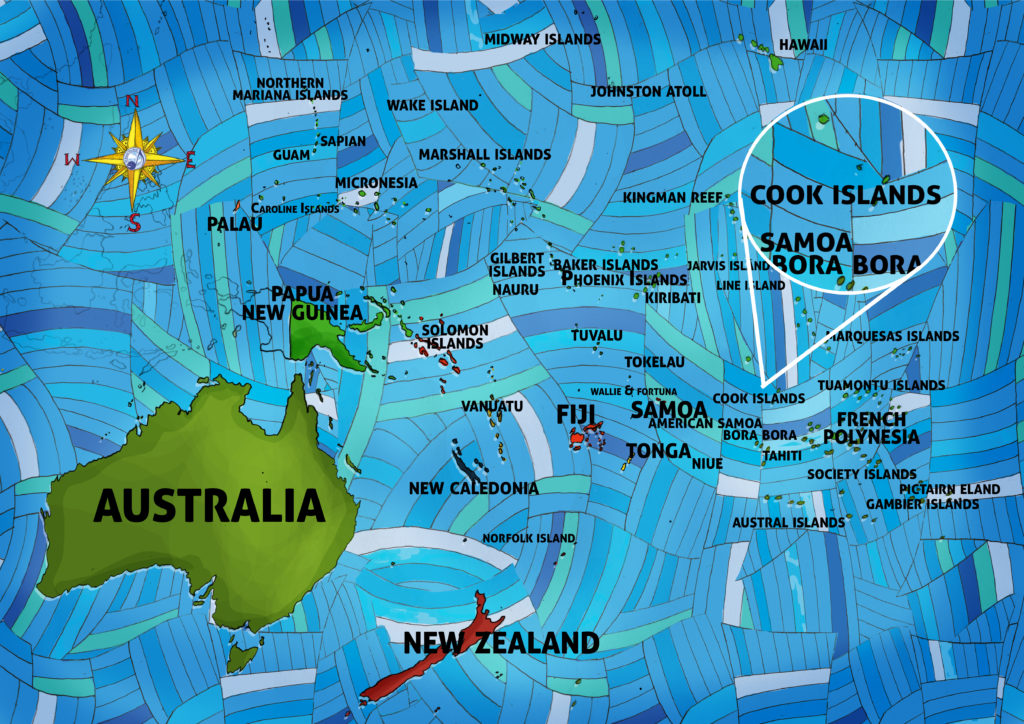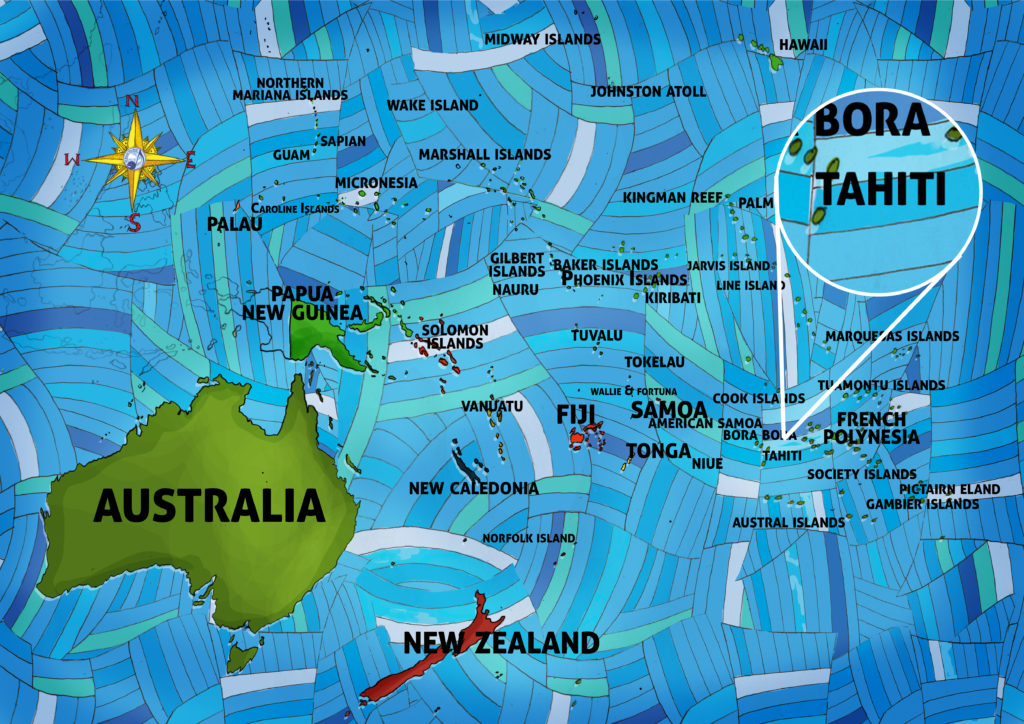Yesterday we began a wonderous week of wanderings in the Cook Islands. Let’s start by celebrating Cook Islands culture. In other words, Happy Kia Orana Day!
Though each of the Cook Islands has its own unique shades of culture, a common strain running among them is a social organization based on chiefs, families (clan) and a lack of individuality as opposed to integration with the village or family group. The chiefdom primarily passed along the male bloodline, while land rights passed down the mother’s line. Among other duties such as leading the village in war, chiefs were responsible for the all-important sharing of food and giving of gifts; the greatest chiefs threw the best parties. Www.ck also suggests Cook Islands society has a Greek-style “heroic” strain, meaning that in the islands a man would acquire power by developing a reputation of having accomplished admirable deeds.



